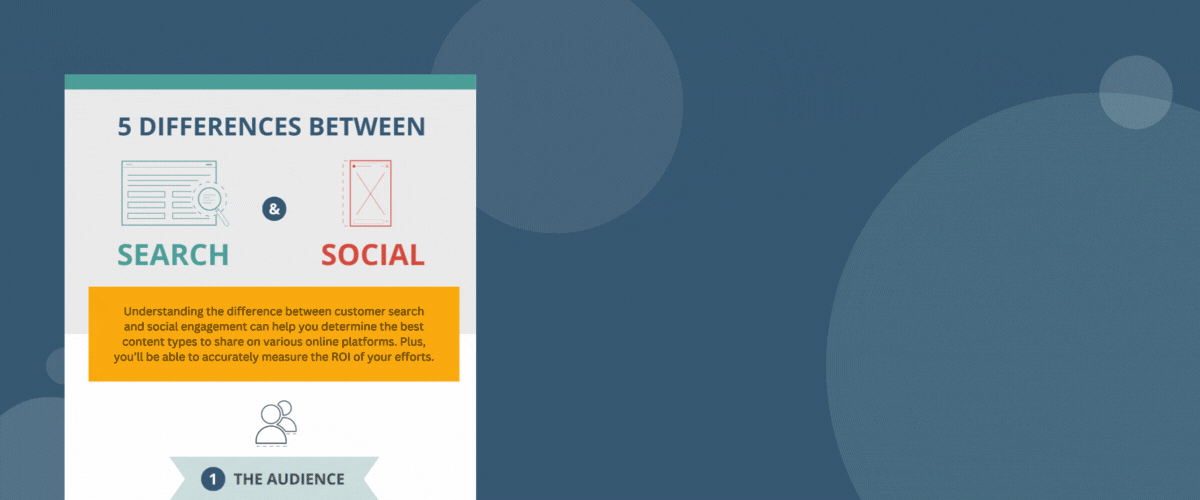For a business to thrive in today’s marketplace, it’s no surprise that it must have a strong digital presence.
Providing an omnichannel experience to potential clients or customers demands the use of multiple platforms, from online marketplaces and social networks to location-based directories and specialized search tools.
Not only is it paramount to reach users where they live online, It’s also imperative to know how an audience is engaging with your business on these platforms.
What Does Engagement Really Mean?
Customer search engagement and social engagement are distinct concepts that relate to both customer interactions and marketing strategies.
Customer Search Engagement Defined
Customer search is a process. The audience is engaging with your business by reading blogs on your website, looking up directions on your Google Business Profile, reading reviews online, and more.
Social Engagement Defined
Consider social media marketing a conversation. On these platforms, your company will build and nurture relationships with your audience through interactions on social platforms. This includes responding to comments, messages, and posts, as well as initiating conversations through posts and updates.

Customer Engagement 101
Companies that have a robust online presence are no doubt engaging in social media as well as optimizing for search. However, it is important to provide current and potential customers with the information and experience they are looking for from engaging with these platforms.
To start, understand the differences in your audience’s initiative and intent.
Initiative
- Search: The customer takes the first step to interact with your brand based on their queries.
- Social: The customer is looking for personalized content that matches their interests and preferences.
Intent
- Search: An audience is actively looking to solve a problem and searches generally have high intent. If they find relevant information, they are more likely to convert into customers.
- Social: This audience is looking to engage with a brand, find like-minded people or content, and discover products.
Connection, via search or social, impacts a brand’s bottom line. A recent report showed that approximately 3/4 of consumers would buy from a brand they feel personally connected to—and almost 60% would increase their spending with that brand.
It’s also important to know that how consumers search is always changing. Younger generations are turning to social media for search as well as to see what’s trending. Case in point, Instagram has reported that 83% of their users discover new products and services on the platform.
How SEO & Social Media Marketing Work Together
These distinct yet interconnected strategies work hand-in-hand to both boost brand presence and capture new clients.
With SEO, you’re optimizing your website via online content to improve its visibility in search engine results pages as well as rank higher for organic keyword terms. Social media platforms can help promote your brand, engage your audience, and send traffic to your website. Essentially, they are two spokes in the same wheel.
Connect With Our Digital Marketing Agency Today
Mad Fish Digital creates holistic SEO and content strategies to help our clients develop a robust online presence that leads to measurable results. Our data-driven insights and customized solutions ensure each client’s unique needs are met and our transparent reporting allows our clients to see their exact ROI.
We invite you to learn more about how we work, our services, and our results. We’d love to collaborate with you and see how we can help you meet your goals. Connect with us today for a complimentary consultation.



